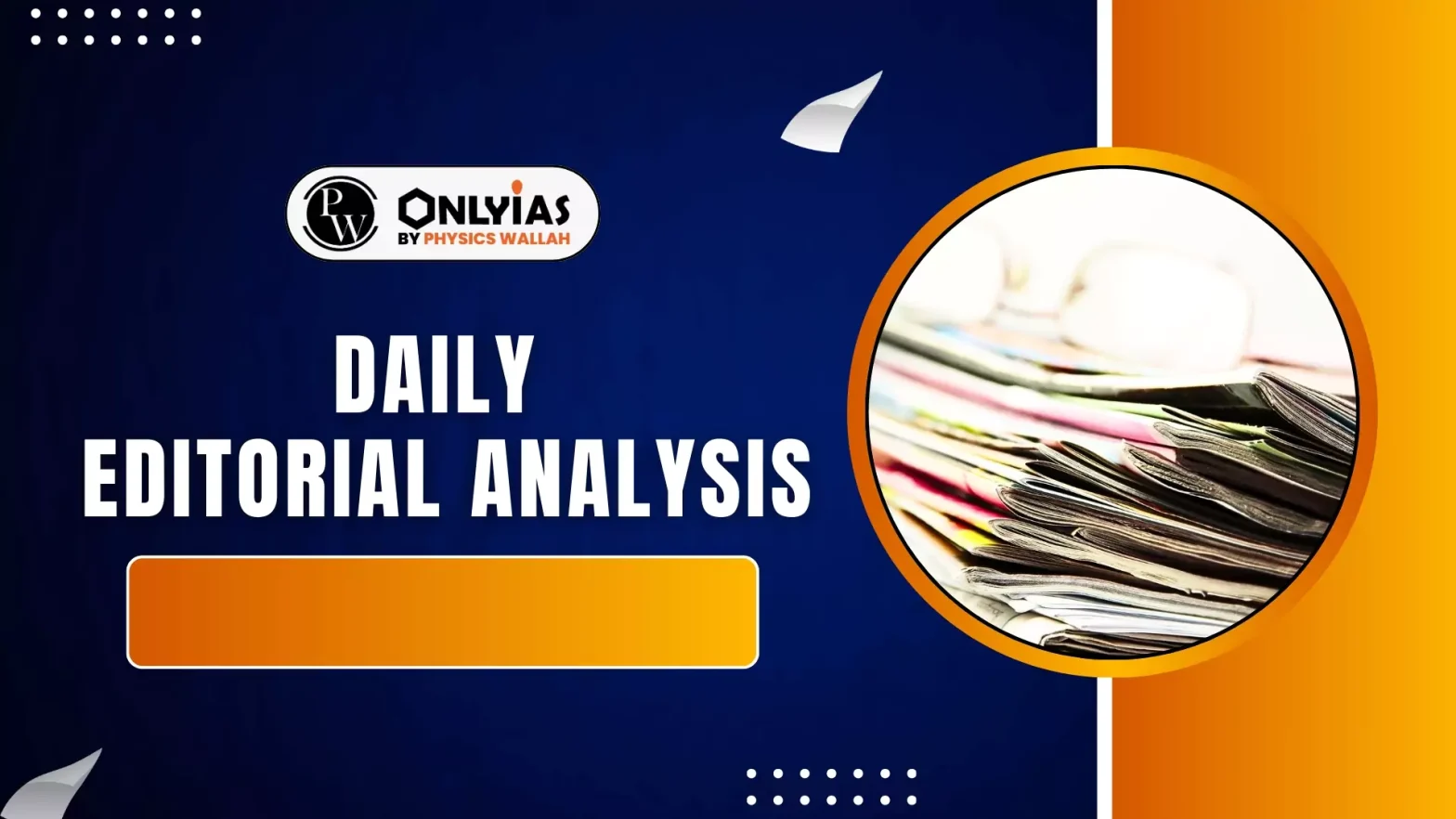Independence Day is not merely a commemoration of political liberation from British imperialism; it is a reaffirmation of the vision of our freedom fighters and constitution-makers to build a nation anchored in equality, justice, and dignity for every citizen.
- The day represents more than the ceremonial change of flags in 1947.
- Celebrating Independence Day entails an introspection of how we, as a nation, have evolved over the years, and how the essential ideals of this constitutional republic have fared.
Essence of Nationalism
- True Spirit of Nationalism: Nationalism should manifest as a continuous effort to uplift the most marginalised sections of society.
- Social and economic inclusion remains central to sustaining the unity and integrity of the nation.
- Gandhian Vision of Inclusive Nationalism: Mahatma Gandhi emphasised human welfare as the core of nationalism.
- His idea of Antyodaya called for prioritising the upliftment of the last and weakest person in society.
The Unfulfilled Vision and Economic Disparities
- The richest 1% in India possess a staggering 40% of the nation’s total wealth, according to Oxfam reports.
- This reflects a system where the “richest survive” rather than the “fittest”.
- The common populace endures skyrocketing inflation, widespread unemployment, and severe deprivation, including malnutrition.
- These distressing conditions are often attributed to neoliberal policies, such as the LPG (Liberalisation, Privatisation, Globalisation) reforms of 1990-91.
- These policies, by prioritising the free market, lead to the marginalisation of those lacking essential skills, deepening poverty.
- Farmers, whom Mahatma Gandhi called the ‘soul of the nation‘, are trapped in debt and finding agriculture unsustainable, leading to tragic suicides.
- The current economic growth is demonstrably jobless and inequitable, failing to benefit all sections of society.
Erosion of Dissent and Rise of Divisive Politics
- Regressive forces twist the notions of nationalism and denounce those who raise voices of dissent as ‘anti-nationals’, endangering the nation.
- This divisive ideology fuels societal polarisation, leading to heightened assertions from minority communities. Such politics directly contradicts the inclusive legacy of India’s nationalist movement.
- Instances of brutality against individuals based on lifestyle, eating habits, or identity, the branding of minorities as terrorists, and the silencing of dissenting voices through intimidation or brute force are alarming.
- Hero-worshipping in politics is rampant, across all parties. Dr. B.R. Ambedkar explicitly warned that while devotion in religion is harmless, hero-worshipping in politics inevitably leads to dictatorship and the destruction of democracy.
Challenges to India’s Federal Structure
- One Nation, One Election’ Proposal: This initiative, if implemented, threatens to diminish State autonomy by potentially truncating State Assembly terms to align with Lok Sabha elections.
- Critics argue it curtails the rights of State electorates and risks reducing States to mere administrative extensions of the central executive.
- Misuse of Central Agencies: Central investigative bodies like the CBI and Enforcement Directorate are increasingly being weaponised to influence politics in States ruled by Opposition parties.
- Threats to Institutional Independence: The independence of critical institutions such as the Election Commission of India and the Directorate of Enforcement faces severe challenges, hindering their ability to function impartially.
- Manipulating Governor’s Powers: The office of the Governor, constitutionally meant to act on the advice of elected State governments (Article 163) and serve as a bridge between the Union and the State, has become a tool for political obstruction.
- Governors are now often perceived as political agents of the Centre, delaying or blocking governance in Opposition-ruled States.
- In States like Kerala, Tamil Nadu, and Punjab, Governors have unnecessarily withheld assent to Bills passed by State legislatures for months, effectively nullifying the democratic will of the people.
- The Supreme Court has sternly criticised this practice, emphasising that Governors are not elected representatives.
- Interference extends to the higher education sector, where Governors, as Chancellors of State universities, have stalled or cancelled critical appointments of Vice-Chancellors and recruitment processes, paralysing academic institutions and centralising power in education.
- This transforms the Governor’s office into a political veto, rather than a constitutional safeguard.
- It is crucial to remember that federalism is an integral part of the Basic Structure of the Constitution, as affirmed by the Supreme Court in the 1994 S.R. Bommai case.
Conclusion
India’s freedom struggle aimed to build a union of free individuals bound by constitutional ideals.
- This legacy demands protection from threats to State autonomy, misuse of constitutional offices, and erosion of secularism, ensuring a vibrant Republic for future generations.
![]() 15 Aug 2025
15 Aug 2025

